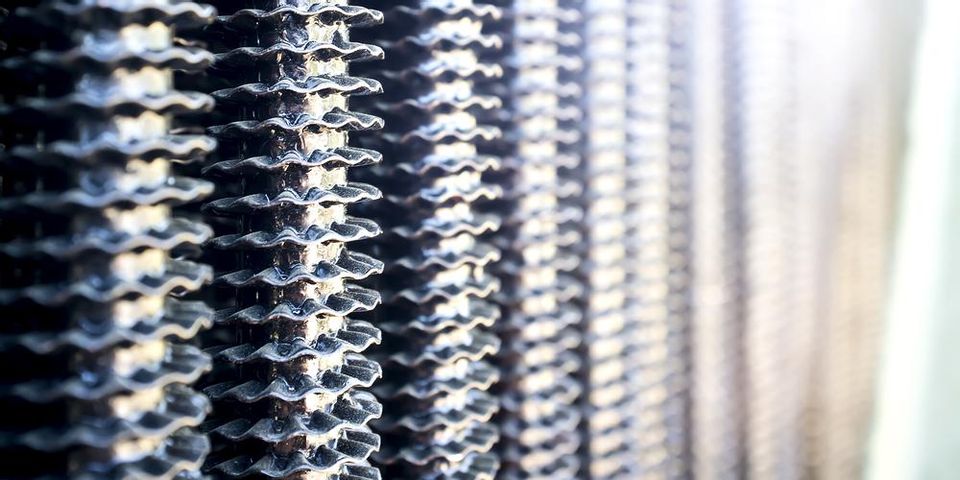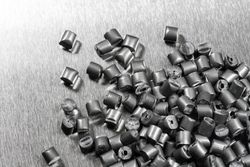
Many tools are chrome-plated for a variety of reasons. Chrome plating can help minimize wear, prevent galling or seizing, and reduce corrosion and friction. It also makes surfaces easier to clean. You’ve probably seen chrome plating on everything from wheels to hardware—but you may not know how this material is created. The metal finishing experts at Porter Guertin Co. in Cincinnati, OH, explain the types of chrome plating and the process that goes into making them.
 Nearly any metal can be chrome plated, including nickel and nickel alloys, titanium, copper, steel, and stainless steel. Chrome plating comes in two forms: hard chromium and decorative chromium. Hard chromium is thicker than the decorative variety and is designed for industrial use. Its thickness ranges from 0.004 to 0.008 inches. Decorative chromium is much thinner, about 0.00005 inches thick. It’s typically applied over a nickel or copper and nickel undercoating.
Nearly any metal can be chrome plated, including nickel and nickel alloys, titanium, copper, steel, and stainless steel. Chrome plating comes in two forms: hard chromium and decorative chromium. Hard chromium is thicker than the decorative variety and is designed for industrial use. Its thickness ranges from 0.004 to 0.008 inches. Decorative chromium is much thinner, about 0.00005 inches thick. It’s typically applied over a nickel or copper and nickel undercoating.
Chrome plating is made with electroplating, a process developed by Luigi Brugnatelli in 1805. It utilizes electrical currents to reduce dissolved metal cations, which helps to form a coherent metal coating on an electrode. It doesn’t chemically change the object itself but rather the object’s surface properties.
The hexavalent plating process involves three major steps: an activation bath, chromium bath, and rinse. The first step etches the surface and removes scale. The chromium bath consists of a mixture of sulfuric acid and chromium trioxide. The bath temperature and current density affect the brightness and coverage of the finished product. The final step, the rinse, cleanses the chrome plating to remove remaining chemicals.
Whether you want chrome plating to enhance an object’s appearance or corrosion resistance, you can trust the professionals at Porter Guertin Co. to produce amazing, long-lasting results. Call (513) 241-7663 to speak with a team member. Or, visit the website to learn more about their hard chrome plating services.
About the Business
Have a question? Ask the experts!
Send your question

